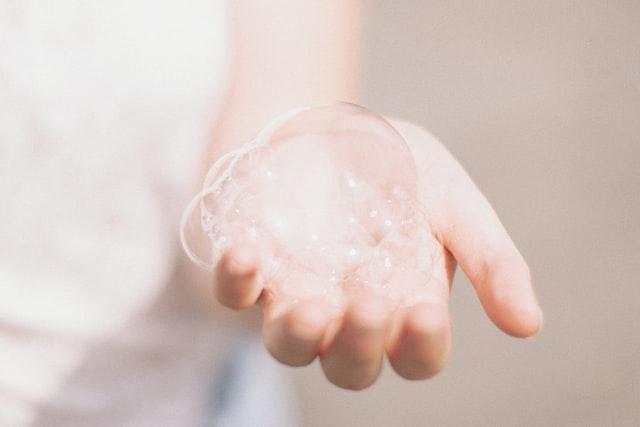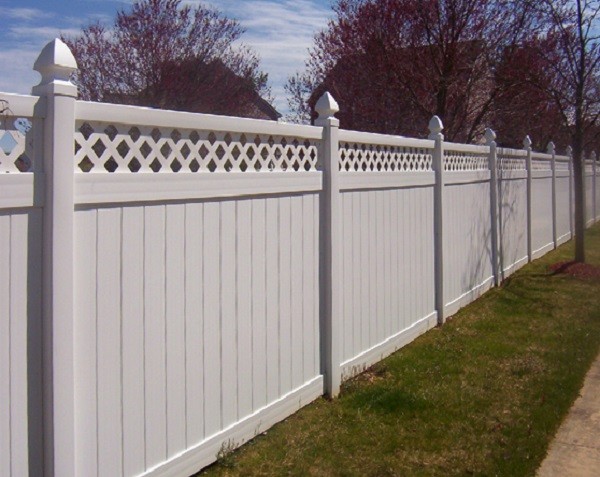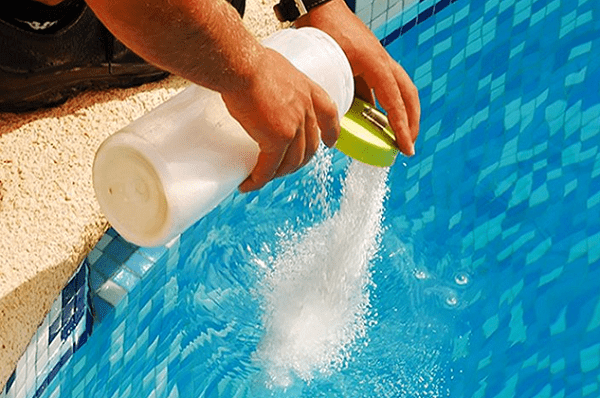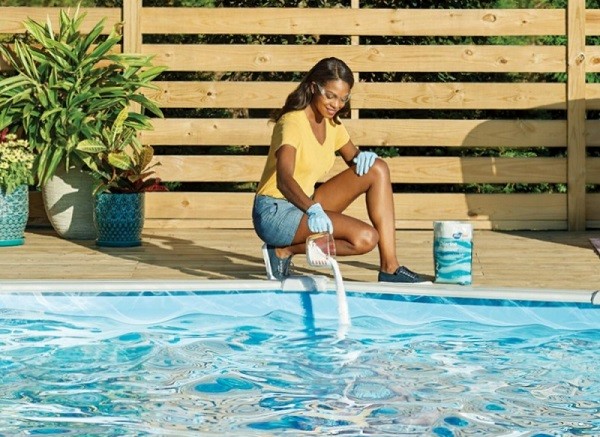Drapes don’t only work to enhance the beauty of your beloved home but also provide more privacy and security. They are the main focal points of the decor which also allows you to control how much light from the outdoor surrounding can come through the window.

As time goes by, dust, debris, and stains can accumulate and make the drapes look really ugly. They will totally damage the overall look of each room inside your house. Further, they can become a more serious problem if you are allergic to dust or have respiratory problems.
Of course, that is the time when you need to deep-clean your drapes so they can look nice again. You might think that washing drapes is such a complicated job to do, especially if you prefer to do so all by yourself.
But no worries, the tutorial on how to wash drapes below that will show you to get the job done without extra hassles.
How to Wash Drapes Professionally

Matthew Tkocz on Unsplash
Prepare these supplies:
- Gentle laundry soap
- Warm water
- Cleaning cloth
- Vacuum with the dust brush attachment
- Hand-held steamer
- Iron
Follow these steps:
Learn the fabric
Before we start with the tools and cleaning solution, you have to identify what types of the fabric of the curtains you have. The materials that build up the drapes will determine how you have to clean them.
For instance, if you have drapes made of cashmere, linen, or wool, you should always toss them into a dry cleaner to prevent any further damage when you are cleaning them.
Remove the drapes
Once you are sure what type of drape that you have around, you can start removing your drapes from their rods and disassemble all the hardware. Lay the drapes on a flat surface like a table, floor, or kitchen island.
Dust the drapes
Now you have your drapes laid on flat surfaces, so you can start removing excess dust or debris by using a vacuum with its dust brush attachment. If possible, you can set the vacuum to a reduced suction or use a nylon sock to cover the attachment hose which can also reduce the suction performance.
However, you can’t apply this vacuuming step to drapes made of delicate fabric since they may get caught in the vacuum. You can simply bring the drapes outside and shake them to get rid of dust and loose debris.
Wash your drapes
As mentioned above, the manufacturer’s instructions that you can find on the label is a reference to determine how you should wash your drapes. Below are some general rules that you can follow.
Wool or cashmere drapes
Though these types of fabric are not really common for drapes material, you may have this in your home. If you do, it’s always best to toss them into your dry cleaner.
Silk drapes
As you may have been aware, silk is a very delicate and fine fabric. To wash silk drapes, gentle hand washing is the most recommended option.
You should always use gentle laundry soap mixed with cold water as the cleaning solution to wash silk drapes. Simply wash them in the basin or sink and let them air dry. Keep in mind to never twist the silk as it can cause wrinkling problems.
Sheer drapes
Though sheer drapes are fragile, regular cleaning is mandatory or you will find that it gets discolored over time. As another delicate type of drapery, you can hand-wash sheer drapes with a mixture of gentle laundry soap and cold water.
However, some sheer drapes can actually withstand the washing machine. Just keep in mind that you always use the gentle cycle if you prefer to do so. You can also use a machine dryer but don’t use the heat and add a couple of plush terry towels that can work as fabric softeners.
Linen drapes
Linen drapes should always get handled by dry-clean method and never wash them at home to avoid any damage. You can also hire some professional cleaning services which can specifically wash drapery and curtains.
Synthetic drapes
Synthetic drapes are commonly made of polyester and acrylic which should always be washed by hands or machines at home. Dry-cleaning is not advised at all since the solvents may damage the integrity of the fibers.
Cotton drapes
For cotton drapes that don’t come with fragile liners, you can wash them with your washing machine.
Velvet drapes
If you got some velvet coverings, never wash them. You just need to brush them with a damp chamois cloth. This should work with loose debris and dust bunnies.
Dry the drapes
Air-dry your drapes is always the most recommended option when you wash them at home. If it’s safe to use the dryer, always set the temperature to low heat.
Iron the drapes
When the drapes are about to dry, you can iron them at the proper fabric setting. This is a good way to remove wrinkles before you reinstall the drapes. If you have some handheld steamers on hand, that would be a great idea to use them.
(Read also: How to Get Rid of Moths by Using Easy Home Supplies)
How often should you wash your drapes?
The frequency of washing your drapes actually depends on some factors. If you have allergic or are sensitive to dust, you may want to wash the drapes every three months. Seasonal washing is actually enough if you don’t have respiratory problems.
A weekly or biweekly vacuum is also necessary to keep the drapes look nice and clean in addition to the deep cleaning steps above.
Tips to keep your dreaps clean
The bottom part of the drapes is commonly the one that gets dirty quicker, so you have to sweep the flooring around the area to avoid dust accumulation. If you are lucky enough to notice the stains on your drapes as soon as they happen, you can always wipe them with a damp cloth but be careful that it may also leave water stains.





